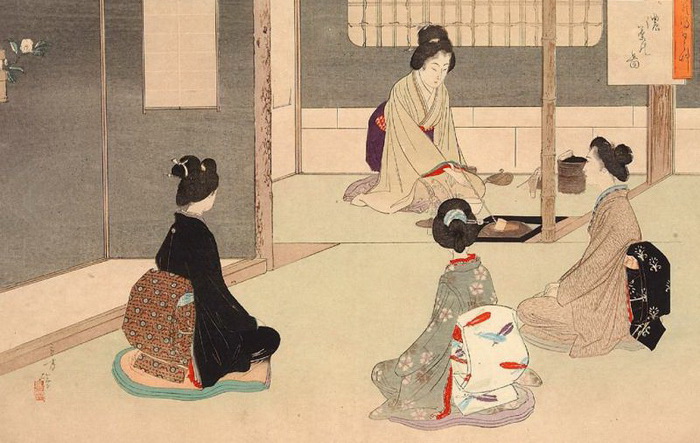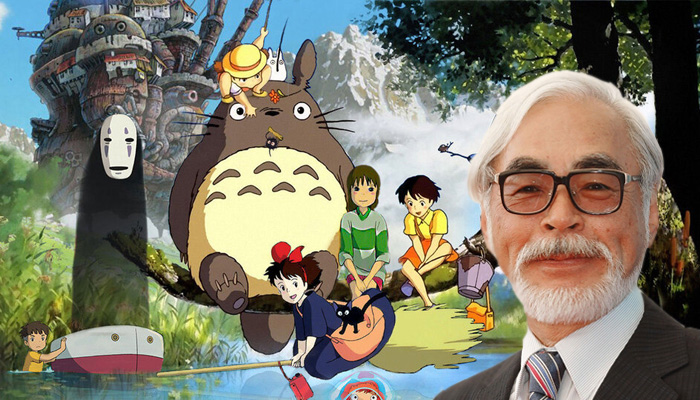became interested
ANIMATION OF CELESTIAL COLOR
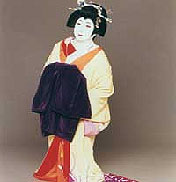 In search of explanations of actual reality, social researchers are increasingly turning to the analysis of media products. The history of this interest is closely connected with the development of the ideas of modern Marxists (neo-Marxists), who justified and proved that the media and mass culture, among other functions, contribute to the establishment and maintenance of the ideology of ruling groups.
In search of explanations of actual reality, social researchers are increasingly turning to the analysis of media products. The history of this interest is closely connected with the development of the ideas of modern Marxists (neo-Marxists), who justified and proved that the media and mass culture, among other functions, contribute to the establishment and maintenance of the ideology of ruling groups.
One of the most dynamically developing research areas on this basis is visual research, the focus of which, for more than two decades, has been in cinema, design, television, advertising, including in connection with the analysis of various forms of sexuality presented there. At the same time, animated cinema, which traditionally refers to the sphere of childhood, where the topic of sexuality is not yet relevant, often remains outside the scope of researchers’ attention, which in our Continue reading
MASAHIRO YASUDA AND HIS THEATER “YAMANOTE”
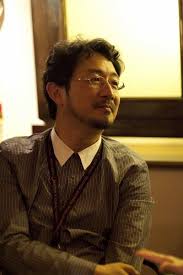 With this pensive, phlegmatic (as it seemed to me when I first met) man I first met in the summer of 2000, during the Moscow Theater Olympics. Having put Meterlinka’s Blue Bird at his Yamanote Theater in Tokyo, he wanted to talk with one of the Russian theater specialists and find out how Stanislavsky’s performance at the Moscow Art Theater looked like. Translator Yukiko Kase, a very nice girl who graduated from the philological faculty of Moscow State University here in Moscow and defended her dissertation on Gogol’s work, called me and asked for a meeting.
With this pensive, phlegmatic (as it seemed to me when I first met) man I first met in the summer of 2000, during the Moscow Theater Olympics. Having put Meterlinka’s Blue Bird at his Yamanote Theater in Tokyo, he wanted to talk with one of the Russian theater specialists and find out how Stanislavsky’s performance at the Moscow Art Theater looked like. Translator Yukiko Kase, a very nice girl who graduated from the philological faculty of Moscow State University here in Moscow and defended her dissertation on Gogol’s work, called me and asked for a meeting.
The day we spent partly at my home, analyzing the little that we managed to get about the Mkhatov’s “Blue Bird” (sketches of costumes and scenery, photographs, memoirs of the participants), partly in the Kuskovo park, the summer cottage of Count Sheremetyev.
Communication was intense. The percentage of questions Yasud asked was many times greater than the percentage of questions I asked him. Therefore, it will be more accurate to determine the nature of our conversation as his questions and my monologues. And the subjects of interest were such that, when satisfied, they meant global calculations and they Continue reading
A LITTLE ABOUT CAGURA
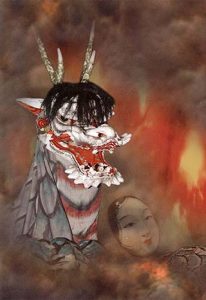 The Japanese term “Kagura” consists of two characters, the first of which means “Divine”, “sparkling”, and the second – in this context – “music”. This is the name of cult performances, known in Japan since the 7th century, performed at first near the Kagu-Yam mountains. Once it was an active volcano, then metal was mined here. The land of Kagu-Yam was always considered sacred and used in fortune-telling. According to legend, the Kagu-yama fell from heaven to earth and, thus, is not just the venue for the first ritual performances, but is actually connected with the events of the ancient mystery.
The Japanese term “Kagura” consists of two characters, the first of which means “Divine”, “sparkling”, and the second – in this context – “music”. This is the name of cult performances, known in Japan since the 7th century, performed at first near the Kagu-Yam mountains. Once it was an active volcano, then metal was mined here. The land of Kagu-Yam was always considered sacred and used in fortune-telling. According to legend, the Kagu-yama fell from heaven to earth and, thus, is not just the venue for the first ritual performances, but is actually connected with the events of the ancient mystery.
The performance is a vivid sight, colorful pantomime, accompanied by playing the drums and flute (sometimes – singing). Subsequently, the use of kagurs was transferred to special sites in front of Shinto temples.
In essence, Kagura is a theatrical parable, allegorically revealing the relationship of man and nature. The Japanese have always been trusting-reverently treated nature, with a heightened sense of the deep, sometimes hidden meaning of the environment. Hence the attention to everything that happens, where there is nothing worthy of interest. Not surprisingly, in Japan there are many holidays associated with the change of seasons, which are elevated to the degree Continue reading
